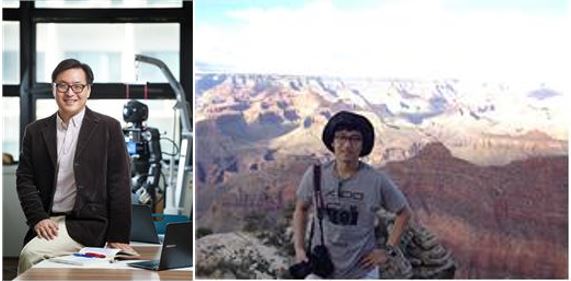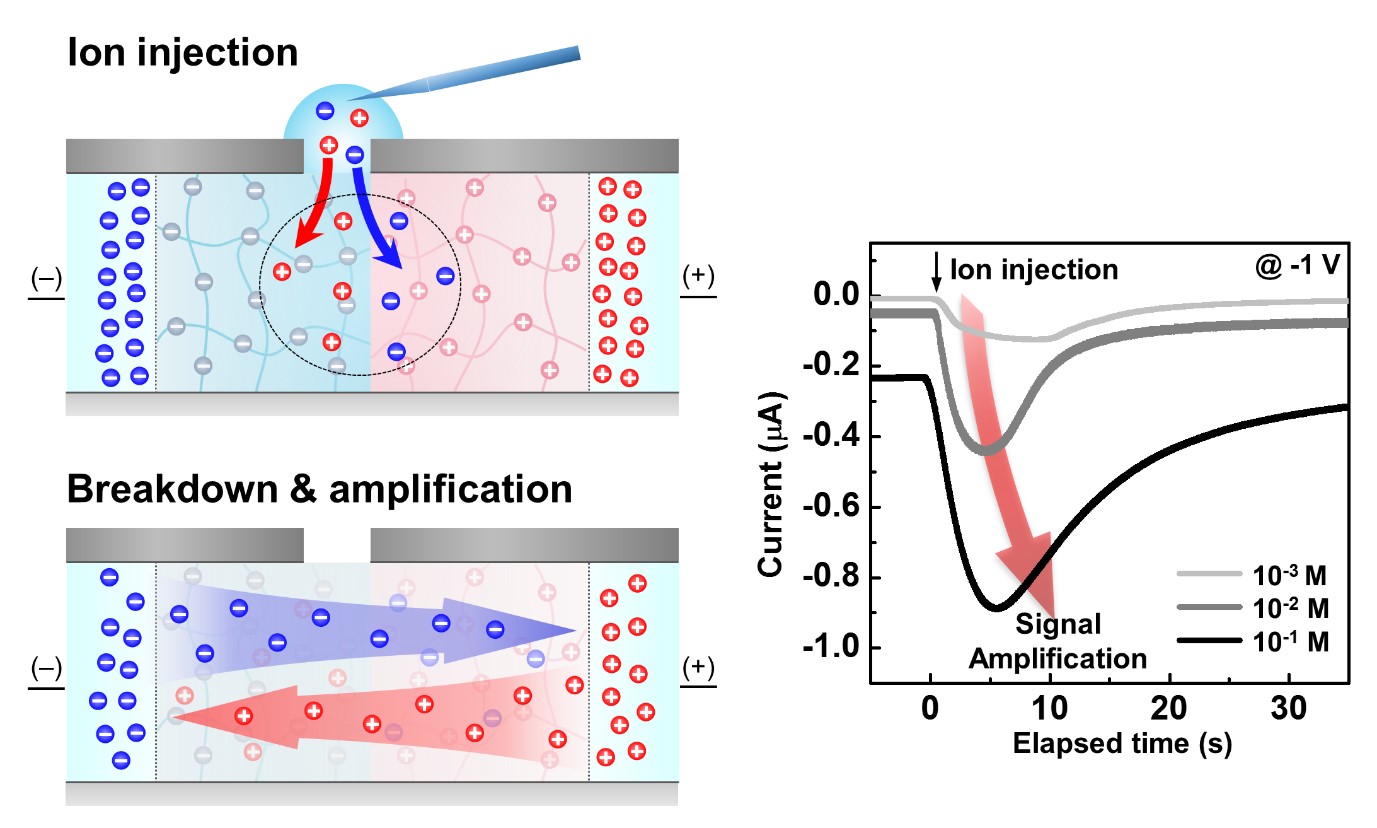- About
- Academics
-
Undergraduate Programs
- Civil and Environmental Engineering
- Architecture and Architectural Engineering
- Mechanical Engineering
- Industrial Engineering
- Energy Resources Engineering
- Nuclear Engineering
- Materials Science and Engineering
- Electrical and Computer Engineering
- Naval Architecture and Ocean Engineering
- Computer Science and Engineering
- Aerospace Engineering
- Chemical and Biological Engineering
-
Graduate Programs
- Civil and Environmental Engineering
- Architecture and Architectural Engineering
- Mechanical Engineering
- Industrial Engineering
- Energy Systems Engineering
- Materials Science and Engineering
- Electrical and Computer Engineering
- Naval Architecture and Ocean Engineering
- Computer Science and Engineering
- Chemical and Biological Engineering
- Aerospace Engineering
- Interdisciplinary Program in Technology, Management, Economics and Policy
- Interdisciplinary Program in Urban Design
- Interdisciplinary Program in Bioengineering
- Interdisciplinary Program in Artificial Intelligence
- Interdisciplinary Program in Intelligent Space and Aerospace Systems
- Chemical Convergence for Energy and Environment Major
- Multiscale Mechanics Design Major
- Hybrid Materials Major
- Double Major Program
- Open Programs
-
Undergraduate Programs
- Research
- Campus Life
- Communication
- Prospective Students
- International Office
SNU Joint Research Team Reveals the Amplification Mechanism of Ion Signaling System
-
Uploaded by
관리자
-
Upload Date
2019.08.20
-
Views
480
SNU Joint Research Team Reveals the Amplification Mechanism of Ion Signaling System
- Opened-up Possibilities to Create Device that Synchronizes with Ion-based Vital Signals

▲ (From Left to Right) Seung-Min Lim (Ph.D. at Nano Flexible Device Materials Lab), Professor Taek Dong Chung, Professor Young-Chang Joo, Professor Jeong-Yun Sun
SNU College of Engineering (Dean Kookheon Char) announced on 25th that the joint research team under Professor Jeong-Yun Sun, Professor Young-Chang Joo (both belonging to the Department of Materials Science and Engineering) and Professor Taek Dong Chung (Department of Chemistry) uncovered the mechanism behind the amplification process of ion signaling systems.
Recently as a response to the rise of wearable devices, there has been a research boom to obtain more accurate vital signals via electronic chips inserted in the body. However, our body has a signal transduction pathway that is based on the flow of ion, not electrons; thus, we face limitations in efficient signal transfer.
The joint research team responded to this limitation by creating a device and a system that can directly detect ion signals from external environment using hydrogel, an ion-conducting substance. This allowed the fine detection of feeble ion signals that share almost equal, tiny amounts of ions as released by vital systems.
Furthermore, the team succeeded in uncovering the mechanism of the amplification of ion signaling systems through electrochemical, optical, and computer simulated analyses. The suggested method demonstrated a strength that, by amplifying the ion signals from our bodies, it is possible to deliver them as another form of ion signal that can synchronize with various other signals sent out from the rest of our bodies.
Professor Sun stated, “Currently, we are performing additional researches that test direct interactions between various cells and our ionic device. Our goal is to come up with innovative methods to reduce the gap between artificial and vital systems.”
This research was published on the PNAS as of June 20th and was conducted with the support of the Samsung Science & Technology Foundation.

- Diagrams Summarizing the Findings of the Research